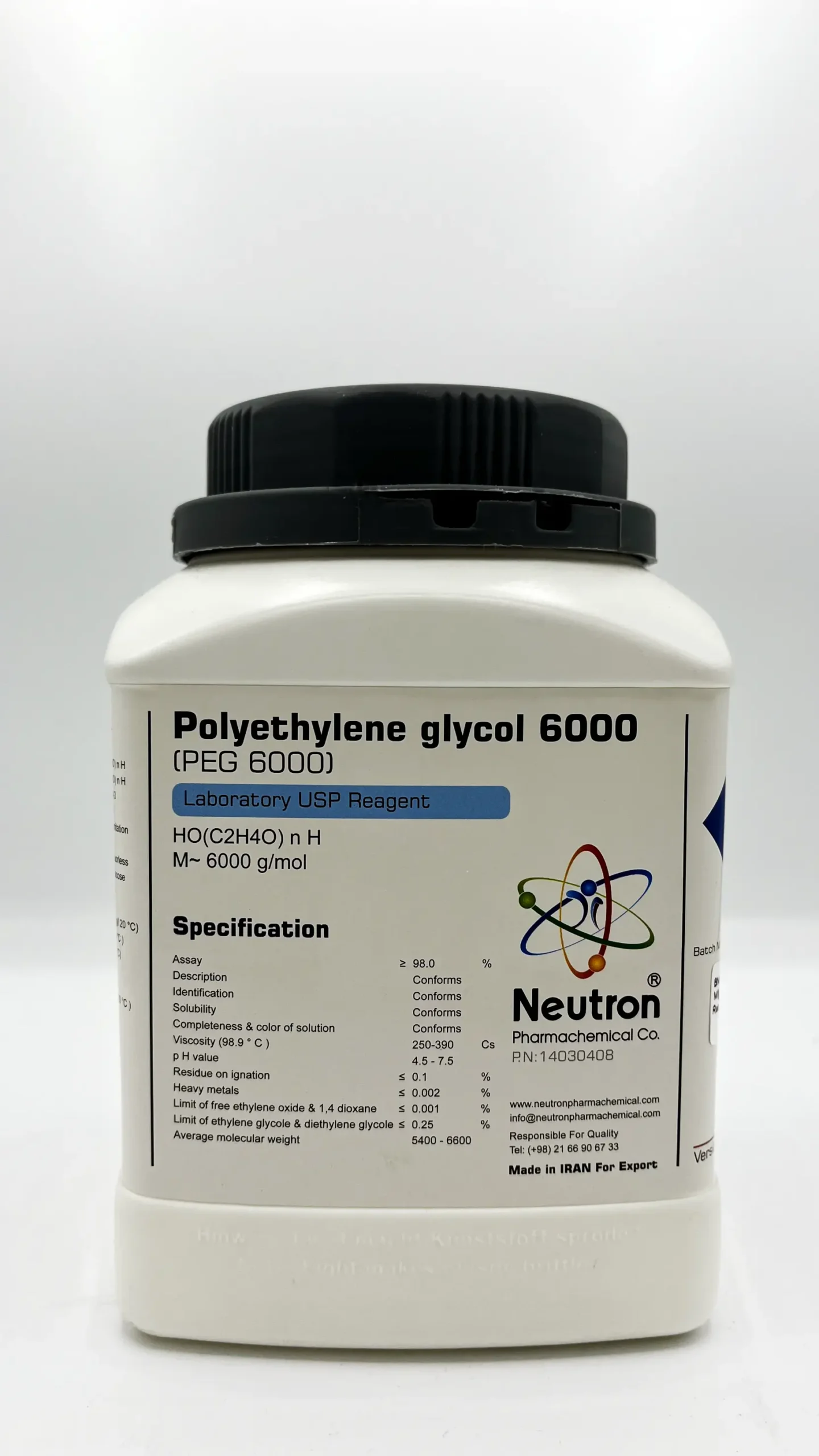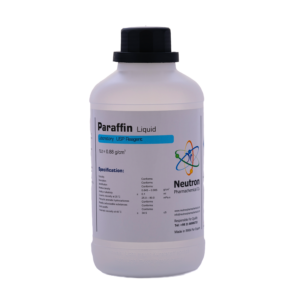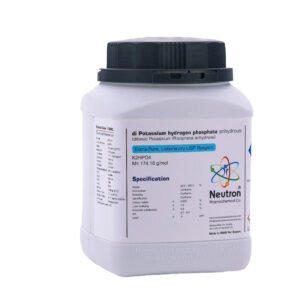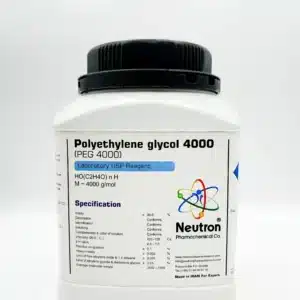پلی اتیلن گلایکول 6000
| Formula | HO(C2H4O) n H |
| Chemical formula | HO(C2H4O) n H |
| CAS number | 25322 -68-3 |
| HS Code | 39072011 |
| Storage | Without limitation |
| SDS | available |
| Odour | almost oduorless |
| Form | liquid to viscose |
| Color | colourless |
| Ignition tempratue | 380 °C |
| p H value | 5 – 7 (100 g/l 20 °C) |
| Solubility in water | soluble 20 °C ) |
| Flash point | 270 °C (0 °C) |
| Boiling point | ~ 270 °C |
| Melting point | 17 – 22 °C |
| Vapour pressure | ~ 0.1hpa (20 °C ) |
| Thermal decomposition | ~ 250 °C |
| Assay | ≥ | 98 | % |
| Description | Conforms | ||
| Identification | Conforms | ||
| Solubility | Conforms | ||
| Completeness & color of solution | Conforms | ||
| Viscosity (98.9 ° C ) | 250-390 | Cs | |
| p H value | 4.5 – 7.5 | ||
| Residue on ignation | ≤ | 0.1 | % |
| Heavy metals | ≤ | 0.002 | % |
| Limit of free ethylene oxide & 1,4 dioxane | ≤ | 0.001 | % |
| Limit of ethylene glycole & diethylene glycole | ≤ | 0.25 | % |
| Average molecular weight | 5400 – 6600 |
Polyethylene glycol 6000 (PEG 6000) is a polymer made from the polymerization of ethylene oxide with an average molecular weight of about 6000 g/mol. It appears as a white, waxy solid that is soluble in water and some organic solvents. PEG 6000 is widely used in pharmaceutical, cosmetic, and industrial applications due to its water solubility and biocompatibility.
🏭⚗️ Production
PEG 6000 is synthesized by the polymerization of ethylene oxide using water or other initiators. The polymer chains have an average molecular weight of around 6000, which affects its physical properties such as melting point and viscosity.
🔬 Properties
PEG 6000 is a white, odorless, waxy solid with a melting point typically between 55 and 63°C. It is highly soluble in water and soluble in alcohols and other organic solvents. It is chemically inert, non-toxic, and non-ionic, which makes it suitable for a wide range of pharmaceutical and cosmetic formulations. PEG 6000 has good lubricating properties and retains moisture well.
🧪 Applications
• Pharmaceutical: Used as a laxative, excipient, and in topical formulations such as ointments and creams.
• Cosmetics: Incorporated in skin care products for moisturizing and emulsifying.
• Industrial: Acts as a lubricant, plasticizer, and dispersant in manufacturing processes.
• Laboratory: Utilized as a precipitant in biochemical and molecular biology experiments.





